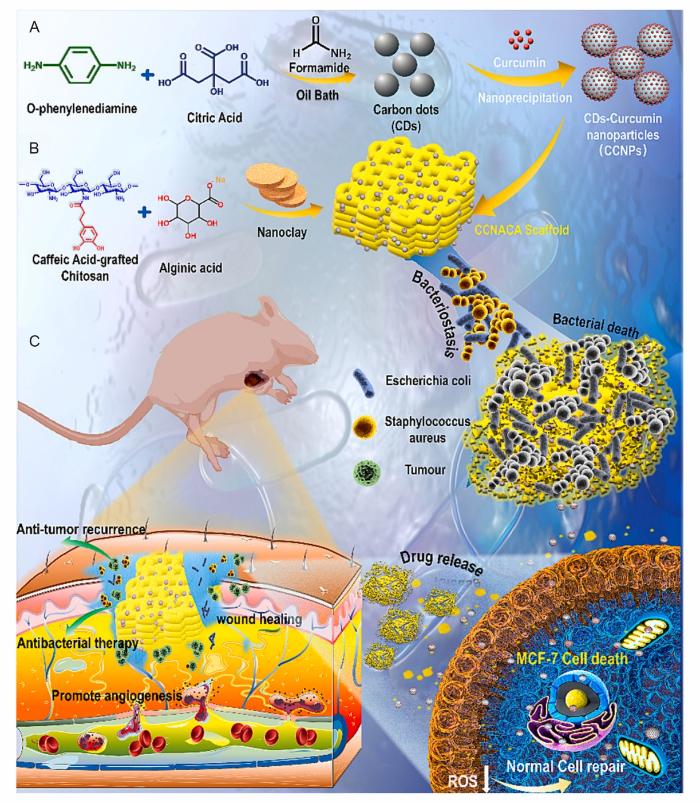News and Announcements
Volume 5 Issue 3 2024
Order by
Download Full Issue
Latest time
EDITORIAL
Advances and challenges in hydrogel microspheres for biomedical applications
Yiting Lei,
Hélder A Santos,
Wenguo Cui
49 Download 1444 Views
REVIEW
Hydrogel microspheres for bone regeneration through regulation of the regenerative microenvironment
Pengrui Zhang,
Qiwei Qin,
Xinna Cao,
Honglin Xiang, ... Yuling Li
76 Download 3469 Views
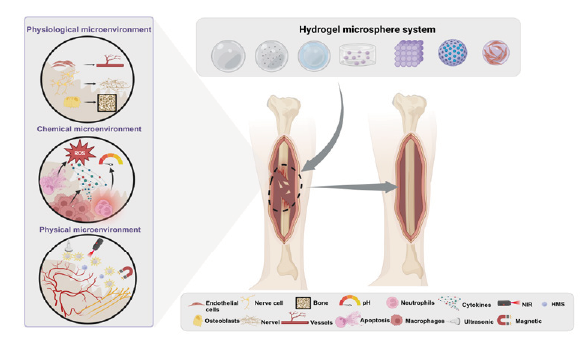
REVIEW
The use of hydrogel microspheres as cell and drug delivery carriers for bone, cartilage, and soft tissue regeneration
Chung-Hsun Lin,
Jesse R. Srioudom,
Wei Sun,
Malcolm Xing, ... Jian Yang
60 Download 2296 Views
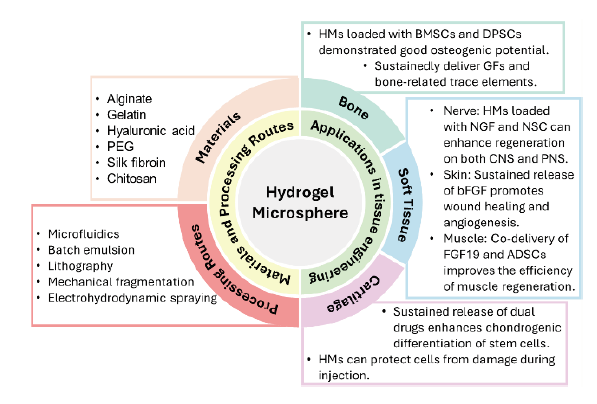
REVIEW
Stimuli-responsive hydrogels for bone tissue engineering
Congyang Xue,
Liping Chen,
Nan Wang,
Heng Chen, ... Xin Liu
52 Download 1968 Views
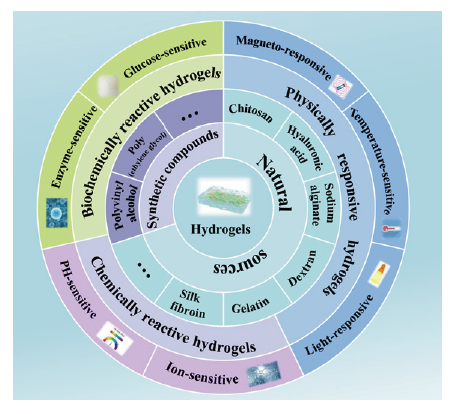
REVIEW
From the microspheres to scaffolds: advances in polymer microsphere scaffolds for bone regeneration applications
Shuhao Yang,
Haoming Wu,
Chao Peng,
Jian He, ... Xulin Hu
44 Download 1555 Views
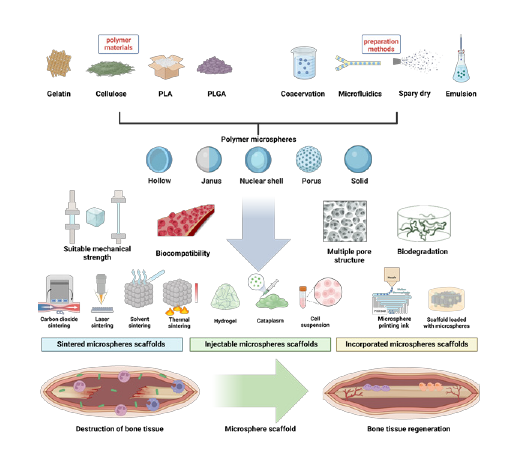
RESEARCH ARTICLE
Injectable body temperature responsive hydrogel for encephalitis treatment via sustained release of nano-anti-inflammatory agents
Yuqi Gai,
Huaijuan Zhou,
Yingting Yang,
Jiatian Chen, ... Jinhua Li
89 Download 1431 Views
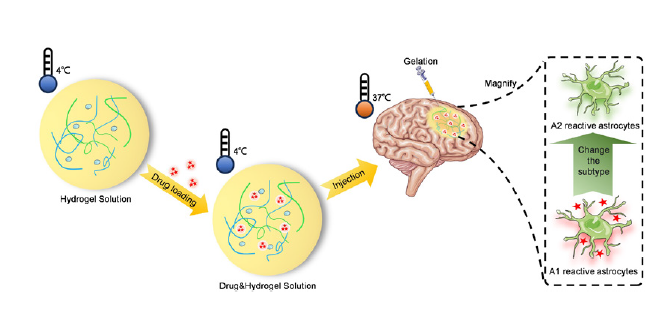
RESEARCH ARTICLE
Design, characterisation, and clinical evaluation of a novel porous Ti-6Al-4V hemipelvic prosthesis based on Voronoi diagram
Zhuangzhuang Li,
Yi Luo,
Minxun Lu,
Yitian Wang, ... Chongqi Tu
44 Download 1242 Views
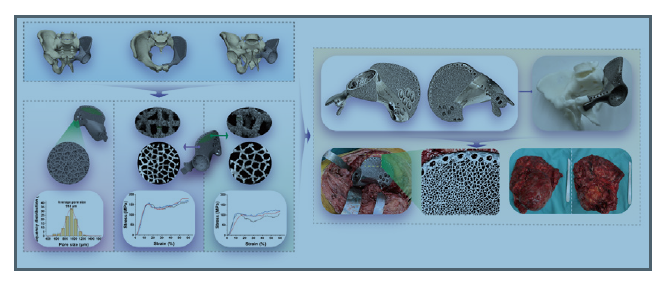
COMMENTARY
Bio-instructive hydrogel as an injectable tissue prosthesis for the repair and rehabilitation of impaired muscle
Muhammad Arif,
Tengbo Yu,
Qihui Zhou
20 Download 769 Views
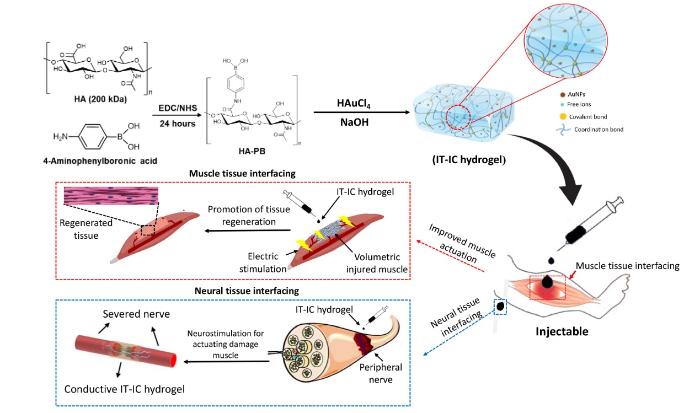
COMMENTARY
Targeting tumour-osteoclast interactions: a trigger-explosion system to combat bone metastasis
Ang Gao,
Huaiyu Wang
13 Download 843 Views
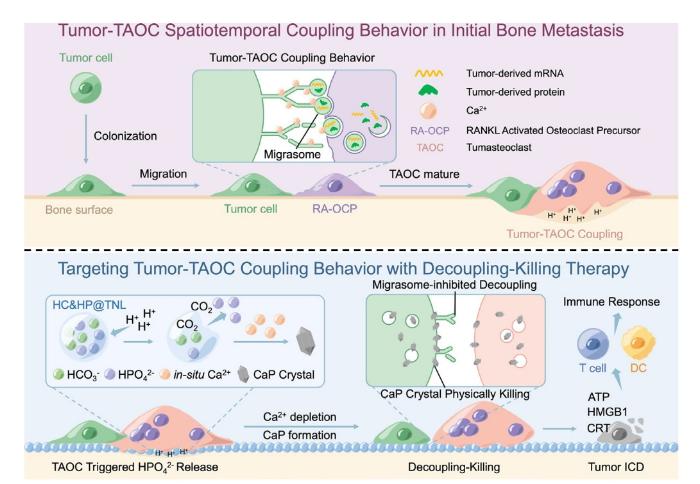
COMMENTARY
The potential of three-dimensional printed stents in post-operative treatment of breast cancer
Junjuan Fan,
Min Wang,
Xianwen Wang
14 Download 875 Views
